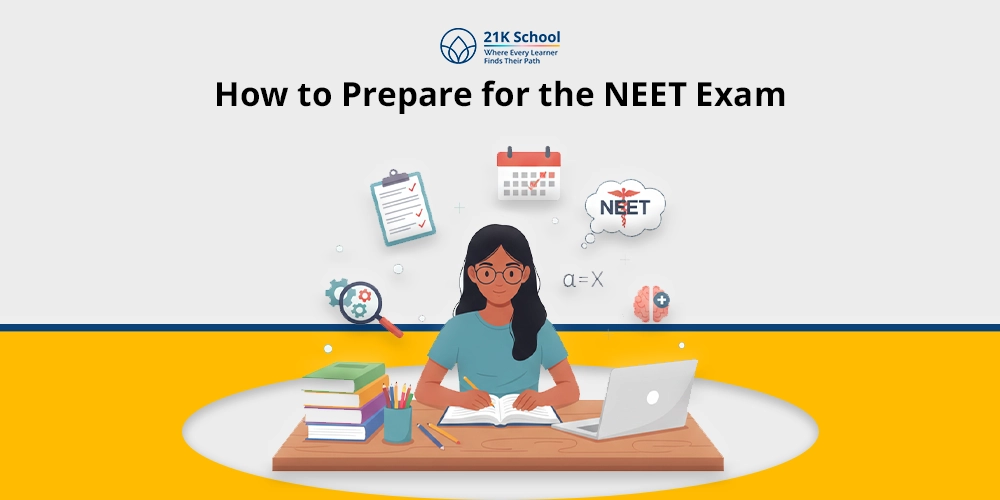
Do you know why some schools are eliminating physical education from students’ lives?
There is no doubt that physical education is an effective way to promote teamwork and a collaborative learning environment. Physical education in schools helps in enhancing good health and promoting social, emotional well-being.
Physical activities not only help in enhancing students’ mental health but also reduce stress and anxiety. Physical education has become compulsory in every school to enhance healthy habits and promote dynamic education.
However, along with so many benefits, physical education still faces so many problems to be effectively implemented in schools. These problems hinder the true potential of games and sports in students’ lives.
Due to reasons such as budget constraints, academic pressure, digital education, physical inactivity, etc. This has caused various schools to eliminate physical education, especially in high schools.
Contents
Problems with Physical Education in Schools
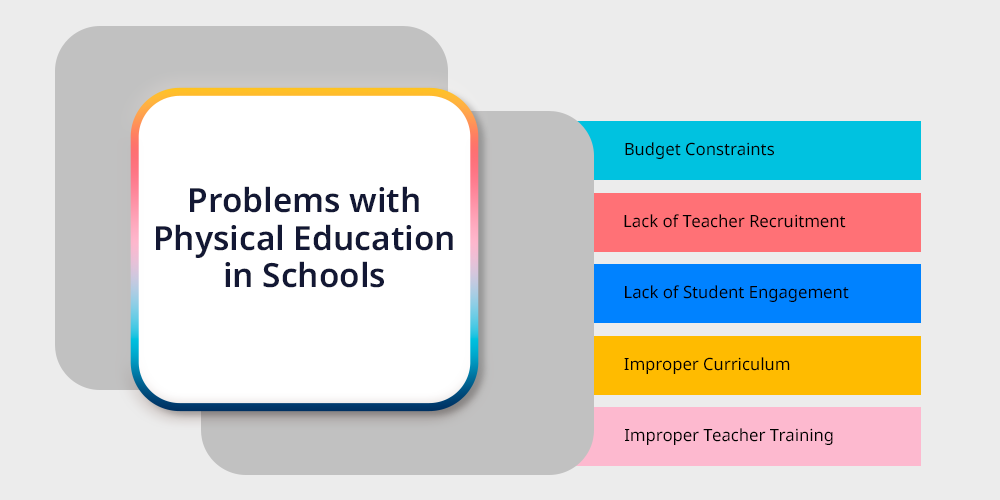
There is no doubt that physical education plays a crucial part in students’ lives in fostering a child’s development and creative thinking skills.
Physical education is not limited only to students, but it is an ongoing education that can be acquired by adults and working professionals, too.
Even with so many benefits, there are various issues faced in physical education. Below, you can check the issues of physical education in schools.
1. Budget Constraints
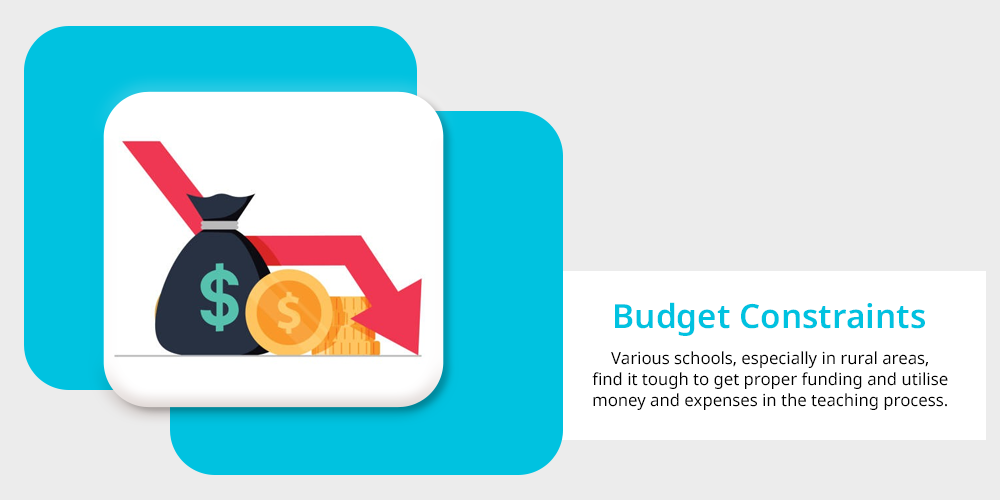
Tight budget or budget cuts are the major reason that becomes a major issue in physical education.
Various schools, especially in rural areas, find it tough to get proper funding and utilise money and expenses in the teaching process.
Due to budget constraints, schools have to eliminate physical education, as it becomes hard to afford a physical education teacher.
2. Lack of Teacher Recruitment
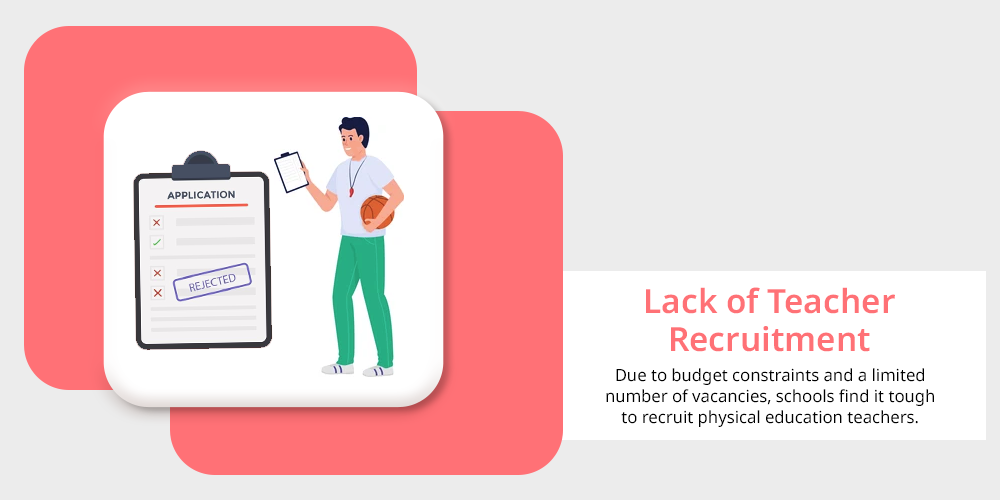
Due to budget constraints and a limited number of vacancies, schools find it tough to recruit physical education teachers.
Lack of teacher recruitment makes it challenging for schools to implement physical education in their subjects.
Every year, a limited number of seats were vacant for physical education teachers due to low application rates.
3. Lack of Student Engagement
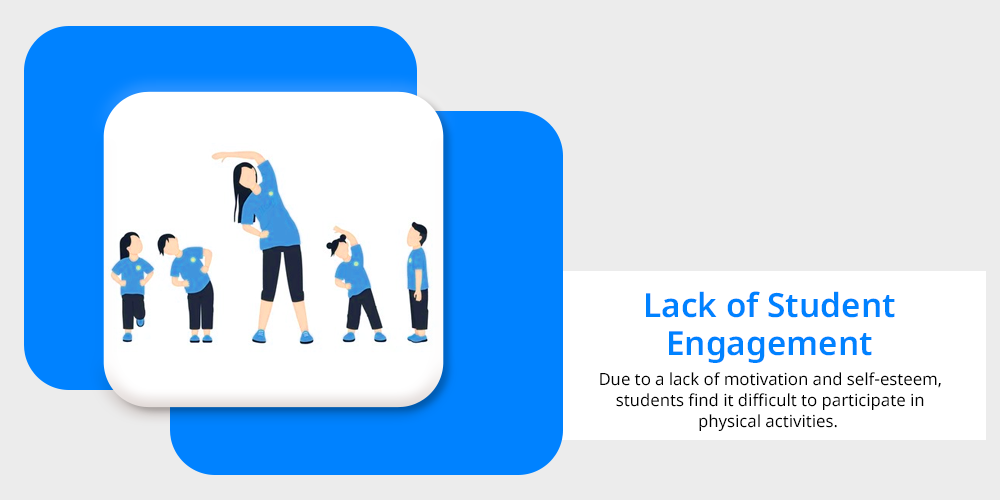
Students’ participation also plays an integral role in the implementation of physical education. Due to a lack of motivation and self-esteem, students find it difficult to participate in physical activities.
Low rate of student engagement cause hindrances in the implementation of physical education in schools.
4. Improper Curriculum
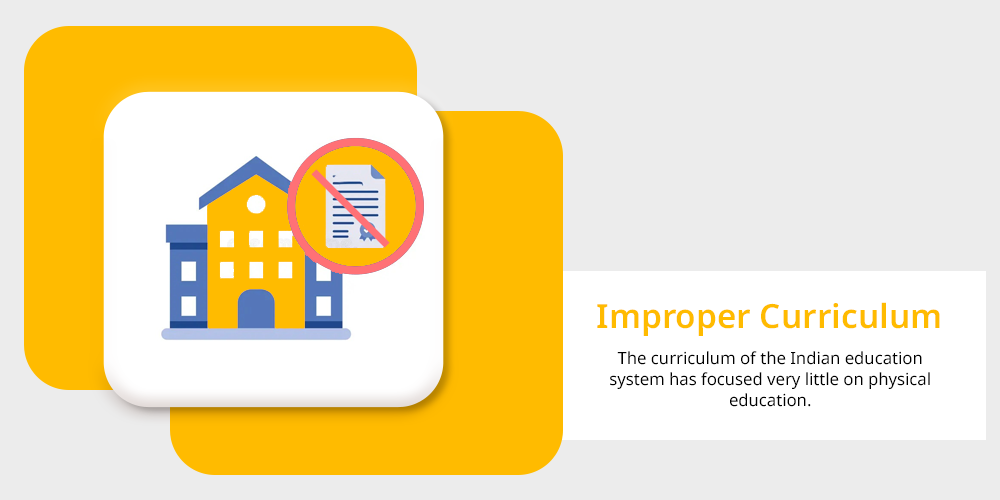
The curriculum of the Indian education system has focused very little on physical education. The curriculum of physical education has older versions only, and very few changes have been made.
Due to an improper curriculum, it becomes tough for teachers to teach with modern terminologies, and due to this, children also lose interest in physical education and physical activities.
5. Improper Teacher Training
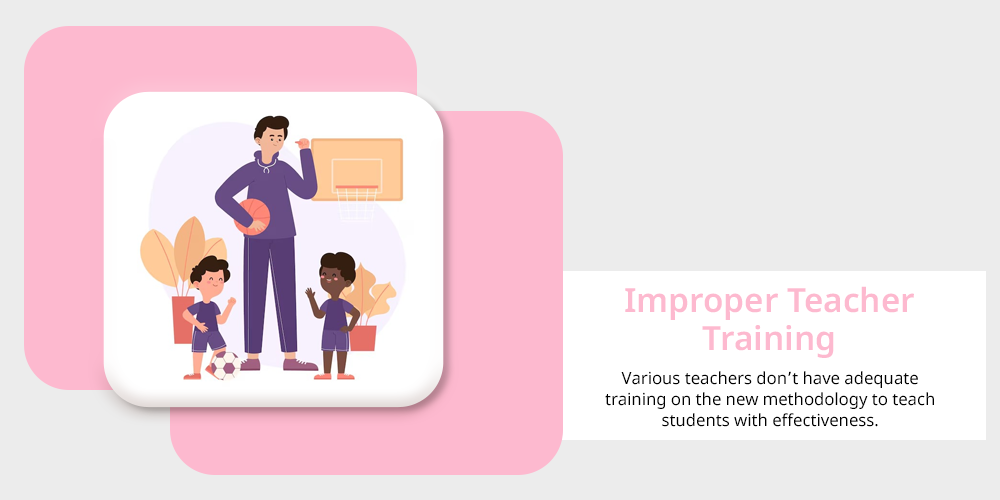
Various teachers don’t have adequate training on the new methodology to teach students with effectiveness. Due to lack of teachers training it becomes tough to implement physical education in schools.
Improper teachers’ understanding also makes it difficult for them to deal with students as well as find it difficult to maintain teacher student relationship and provide them with new activities.
How to Overcome Physical Education Challenges?
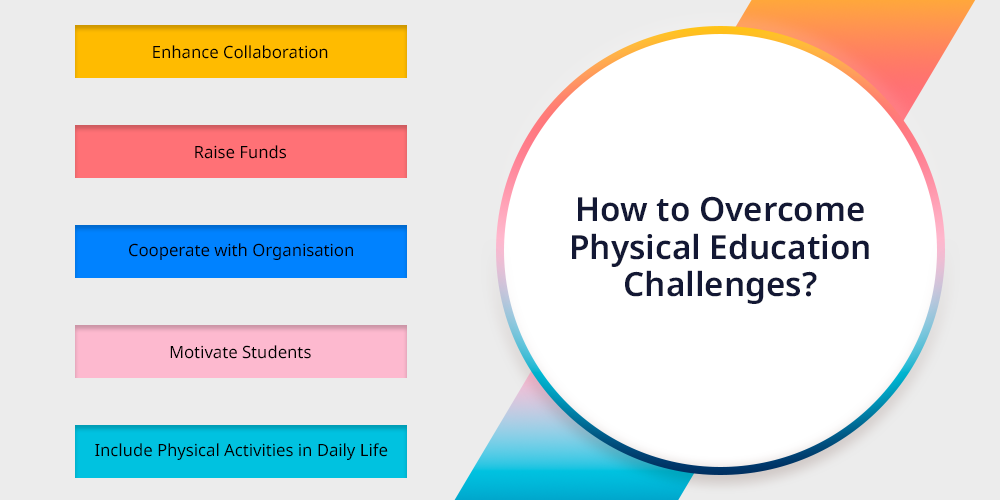
Physical education faces various challenges that hinder its true potential.
Various challenges such as lack of motivation, student engagement, poor infrastructure, etc, cause difficulties in implementing physical education in schools.
Physical education is very important in our daily life because it not only nurtures kids’ minds but also helps adults to stay fit and healthy as well as develop a healthy, sound mind.
Here are the ways through which the challenges of physical education can be overcome.
1. Enhance Collaboration:
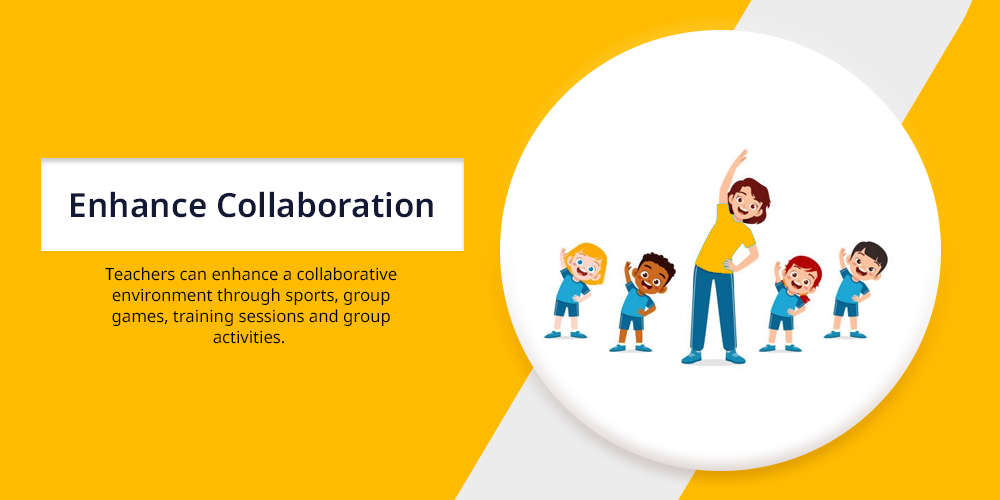
Creating a collaborative learning environment allows students to effectively participate in the learning process.
Collaboration develop social skills and promotes motivation to participate in physical activities. Teachers can enhance a collaborative environment through sports, group games, training sessions and group activities.
2. Raise Funds:

Funding is very important to implement physical education in schools and educational institutes. Funding from government sources, communities, and NGOs helps to implement physical education in schools and educational institutions.
Taking support and encouragement from sources allows for effective enhancement of the implementation of physical education.
3. Cooperate with Organisation:
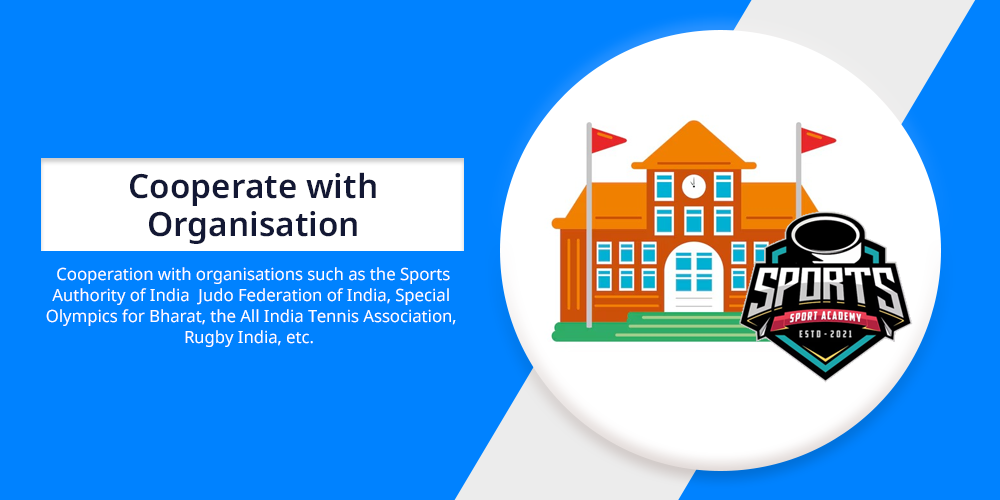
Taking help and support from sports organisations enhances the opportunities for physical education.
Cooperation with organisations such as the Sports Authority of India, Judo Federation of India, Special Olympics for Bharat, the All India Tennis Association, Rugby India, etc.
Opens opportunities for students as well, which enhances students’ participation and aids effectiveness.
4. Motivate Students:
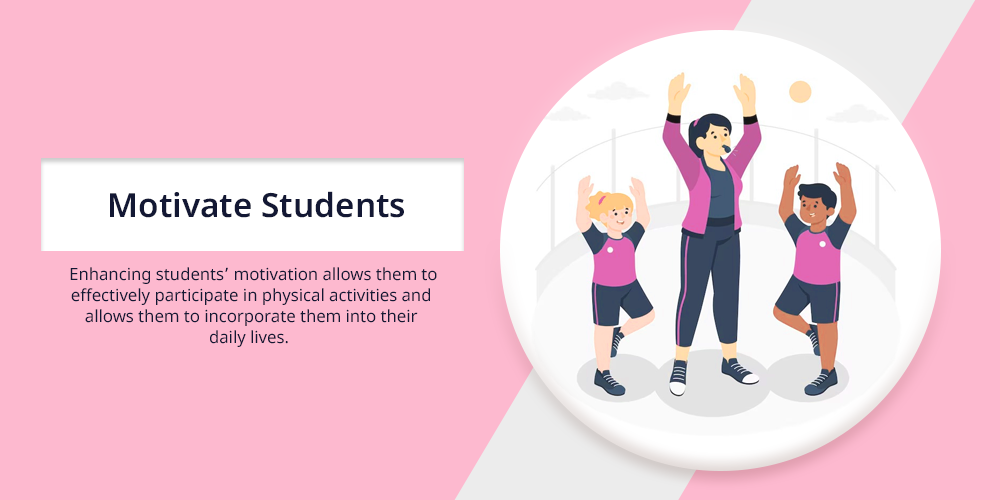
Motivation is the primary source to make physical education more impactful.
Enhancing students’ motivation allows them to effectively participate in physical activities and allows them to incorporate them into their daily lives.
Motivation will lead to developing interest towards physical education, which also promotes inclusive education, which becomes an effective way to implement it in schools.
5. Include Physical Activities in Daily Life:
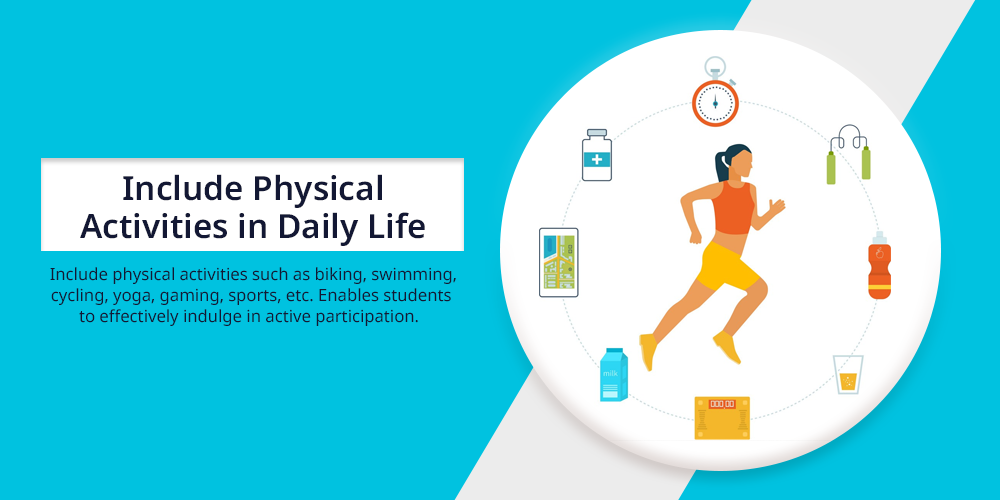
Include physical activities such as biking, swimming, cycling, yoga, gaming, sports, etc. Enables students to effectively indulge in active participation.
Incorporating physical education in daily life motivates students and develops an interest towards it. This enables it to implement physical education as a subject in schools.
Importance of Physical Education in Schools
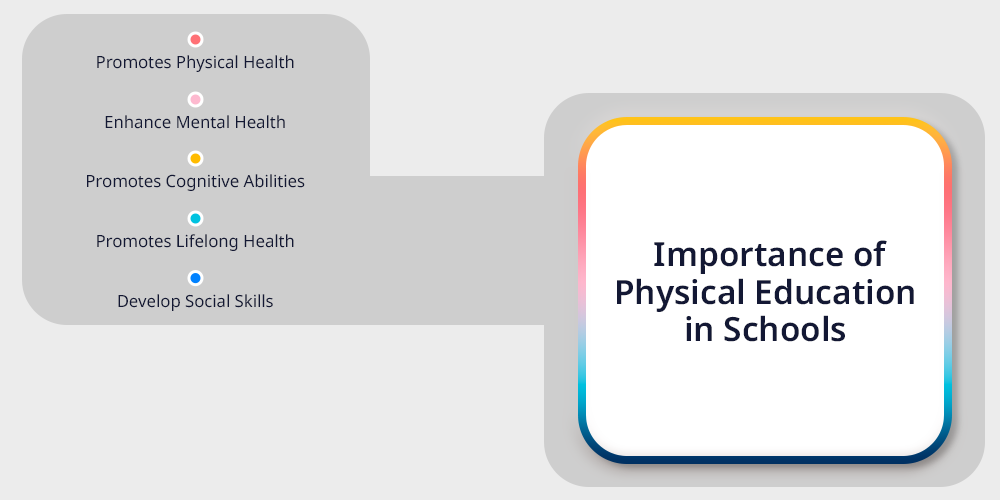
Physical education plays an integral role in a child’s overall development.
Get a detailed understanding of the Reasons Why Creativity is important to Child Development
Physical education helps in enhancing problem-solving skills as well as promoting self-confidence. Implementing physical education in schools promotes lifelong learning and enhances fine motor skills.
Physical education is one of the main subjects taught in every school, which benefits a child’s mental and physical health. Below, you can check the importance of physical education in school.
1. Promotes Physical Health:
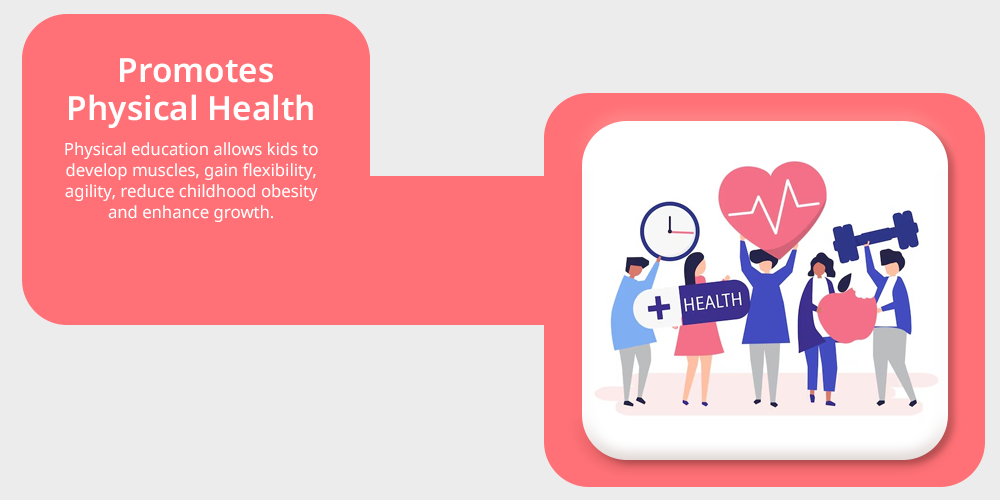
Physical Education promotes physical health among students. Engaging in physical activities, sports, and games enhances physical growth among students.
Physical education allows kids to develop muscles, gain flexibility, agility, reduce childhood obesity and enhance growth.
2. Enhance Mental Health:
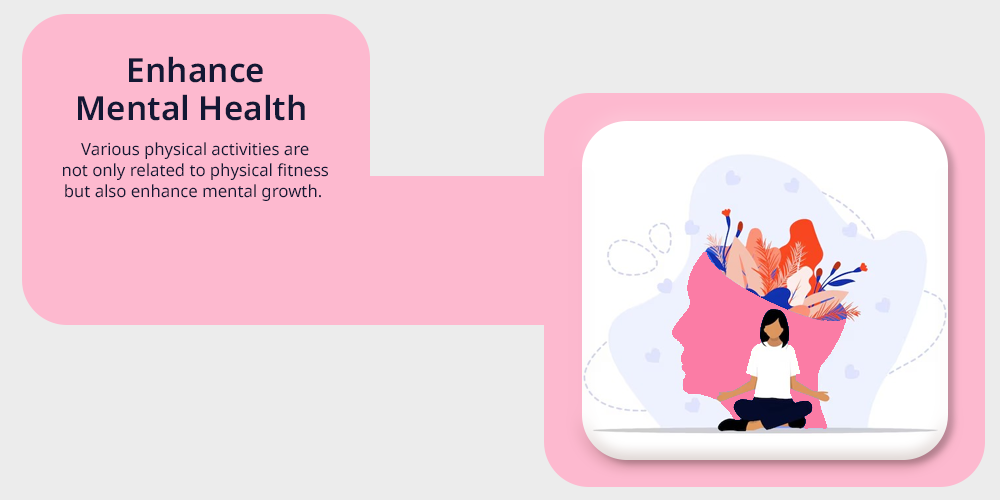
Physical Education allows kids to enhance their mental health. Various physical activities are not only related to physical fitness but also enhance mental growth.
Physical activity and sports, and games help in elevating our mood and increase dopamine, which leads to staying happy and healthy both mentally and physically.
3. Promotes Cognitive Abilities:
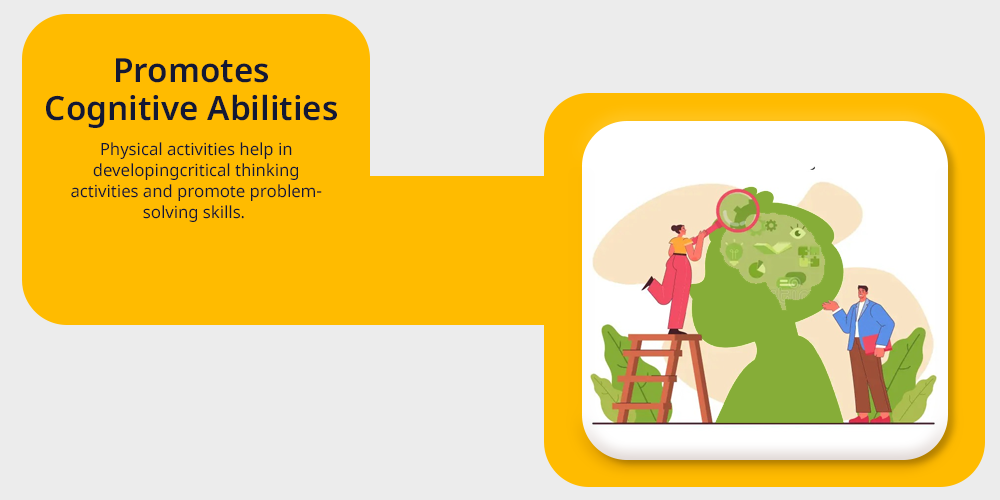
Physical education is known for enhancing cognitive abilities among children. Physical activities help in developing critical thinking activities and promote problem-solving skills.
Physical activities are known for developing the subconscious mind, which helps them develop a positive attitude. Attention span through physical education allows children to develop cognitive skills.
4. Promotes Lifelong Health:
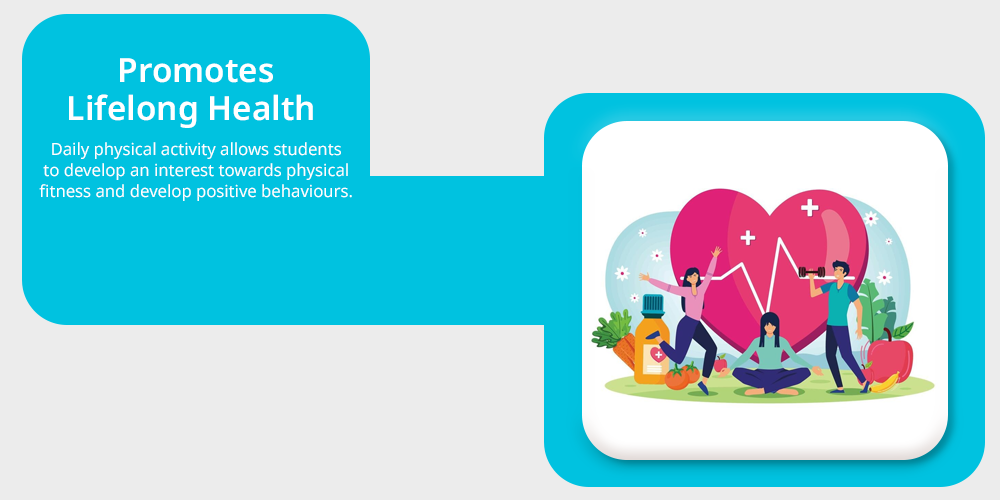
Physical Education allows students to indulge in lifelong learning, which develop healthy minds of habits.
Daily physical activity allows students to develop an interest towards physical fitness and develop positive behaviours. Physical education has the ability to change the thought process of an individual and gives them joy in activities.
5. Develop Social Skills:
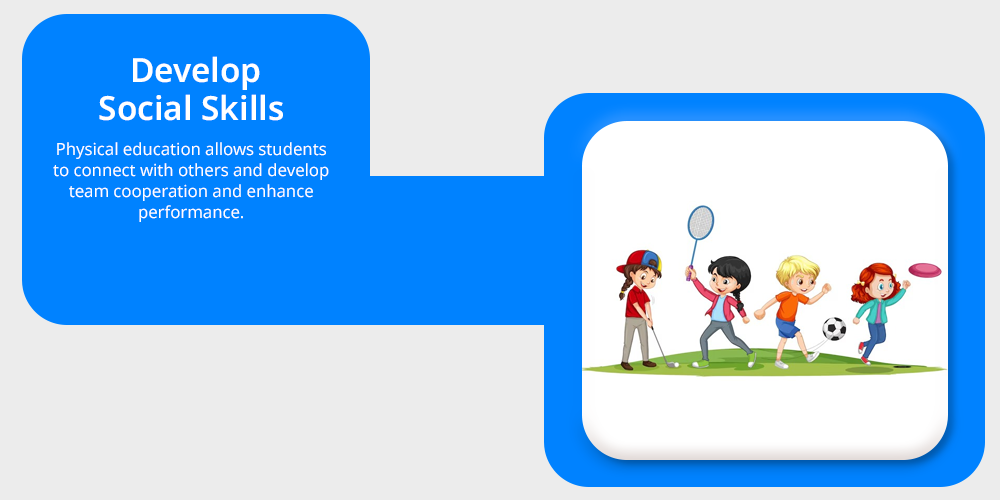
Social skills are very necessary to communicate effectively without any hindrances.
Physical education allows students to connect with others and develop team cooperation and enhance performance. Physical activities allow kids to make relationships and gain insights into leadership skills.
Conclusion
Although physical education is crucial for school students’ overall development, several obstacles prevent it from being efficiently implemented in schools.
Inadequate teacher training, outdated curricula, low student engagement, budgetary restrictions and a shortage of qualified teachers are some of the main problems that must be resolved.
Schools can overcome these obstacles by encouraging teamwork, looking for funding, collaborating with athletic associations, inspiring students and incorporating physical activity into everyday life.
Schools can encourage students’ mental health, cognitive abilities, social skills and physical health by making physical education a priority. This will ultimately lead to a generation that is healthier and more active.


